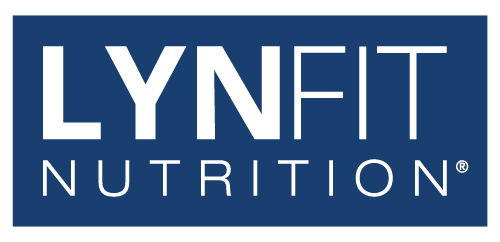News, Recipes & Workouts
Is Juicing a Healthy Habit?
A lot of people are juicing for health because they think it’s a great way to jump-start their weight loss. However, what you might not know can not only...
Is Juicing a Healthy Habit?
A lot of people are juicing for health because they think it’s a great way to jump-start their weight loss. However, what you might not know can not only...
